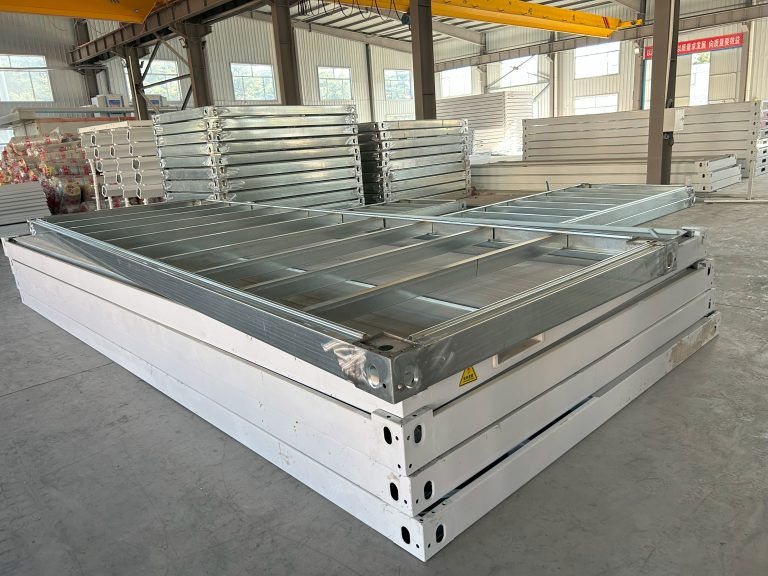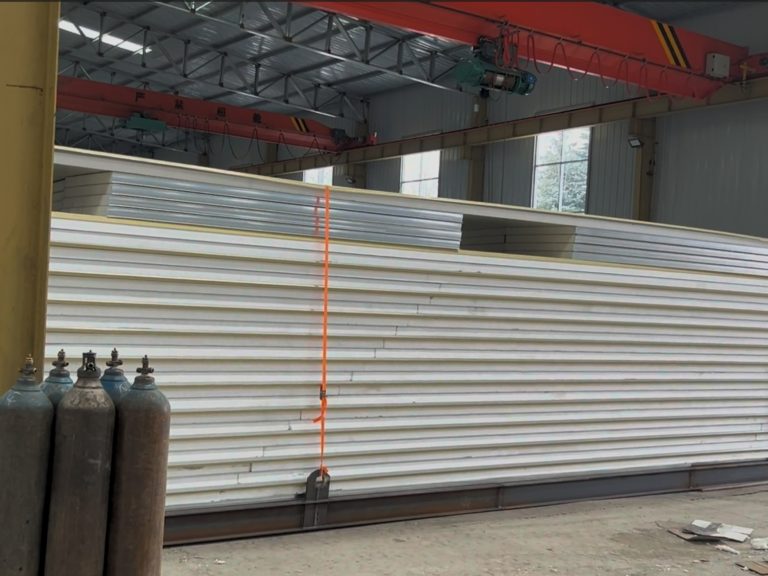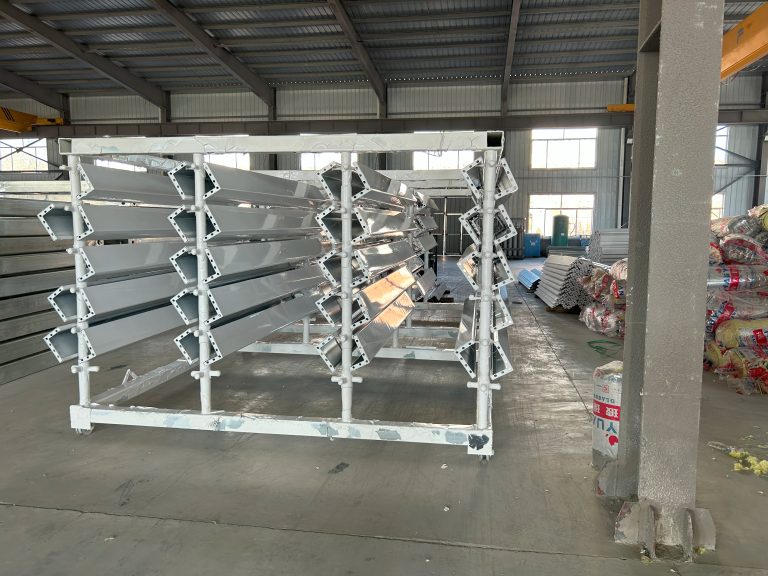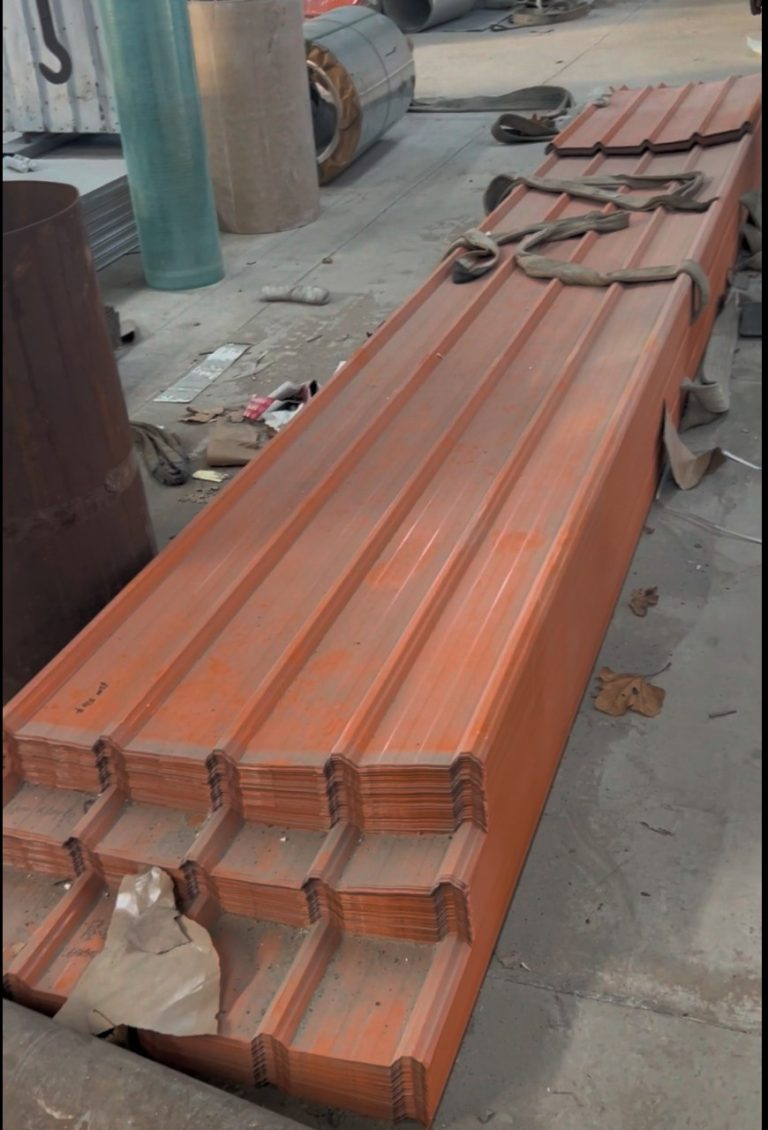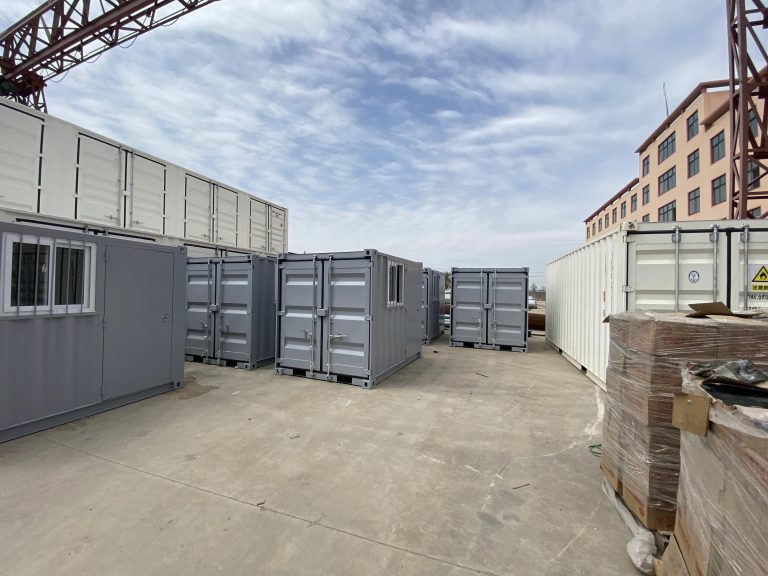The important role of steel in ocean engineering.
Table of Contents
Advantages of Using Steel in Offshore Structures
Steel has long been a crucial material in the field of ocean engineering, particularly in the construction of offshore structures. Its strength, durability, and versatility make it an ideal choice for withstanding the harsh conditions of the marine environment. In this article, we will explore the advantages of using steel in offshore structures and why it plays such an important role in this field.
One of the primary advantages of using steel in offshore structures is its high strength-to-weight ratio. Steel is known for its exceptional strength, allowing for the construction of large and complex structures that can withstand the forces of waves, wind, and currents. This strength is essential for ensuring the safety and stability of offshore platforms, pipelines, and other structures in the ocean.
In addition to its strength, steel is also highly durable and resistant to corrosion. The marine environment is extremely harsh, with saltwater, waves, and marine life all posing potential threats to the integrity of offshore structures. Steel’s resistance to corrosion makes it an ideal material for withstanding these challenges, ensuring the longevity and reliability of offshore structures over time.
Furthermore, steel is a versatile material that can be easily fabricated and customized to meet the specific requirements of each project. This flexibility allows for the construction of a wide range of offshore structures, from simple platforms to complex subsea pipelines. Steel can also be easily repaired and maintained, reducing downtime and ensuring the continued operation of offshore facilities.
Another advantage of using steel in offshore structures is its cost-effectiveness. While steel may have a higher initial cost compared to other materials, its long-term durability and low maintenance requirements make it a cost-effective choice for offshore construction projects. The longevity of steel structures also reduces the need for frequent replacements, further lowering overall costs in the long run.
In addition to its practical advantages, steel also offers environmental benefits in the field of ocean engineering. Steel is a highly recyclable material, with a significant portion of steel production coming from recycled scrap. This sustainability makes steel an environmentally friendly choice for offshore construction projects, reducing the industry’s impact on the environment.
Overall, the advantages of using steel in offshore structures are clear. Its strength, durability, versatility, cost-effectiveness, and environmental benefits make it an ideal material for withstanding the challenges of the marine environment. As ocean engineering continues to advance and evolve, steel will undoubtedly play a crucial role in the construction of offshore structures for years to come.

In conclusion, steel is an essential material in the field of ocean engineering, particularly in the construction of offshore structures. Its strength, durability, versatility, cost-effectiveness, and environmental benefits make it an ideal choice for withstanding the harsh conditions of the marine environment. As technology continues to advance, steel will remain a key component in the construction of offshore structures, ensuring the safety, stability, and longevity of these vital facilities.
Innovations in Steel Technology for Marine Applications
Steel has long been a crucial material in the field of ocean engineering, playing a vital role in the construction of various marine structures and vessels. Its strength, durability, and corrosion resistance make it an ideal choice for withstanding the harsh conditions of the marine environment. In recent years, advancements in steel technology have further enhanced its performance and expanded its applications in the marine industry.
One of the key innovations in steel technology for marine applications is the development of high-strength, low-alloy (HSLA) steels. These steels offer superior strength and toughness compared to traditional carbon steels, allowing for the construction of lighter and more efficient marine structures. HSLA steels are particularly well-suited for offshore platforms, ships, and underwater pipelines, where high strength and corrosion resistance are essential.
Another important advancement in steel technology is the use of corrosion-resistant coatings and treatments. The marine environment is highly corrosive, with saltwater, humidity, and marine organisms all contributing to the degradation of steel structures. By applying protective coatings such as zinc, epoxy, or polyurethane, engineers can significantly extend the lifespan of marine steel structures and reduce maintenance costs.
In addition to coatings, the development of stainless steels has revolutionized the marine industry. Stainless steels are highly resistant to corrosion, making them ideal for applications in seawater and other corrosive environments. They are commonly used in marine equipment, such as propeller shafts, valves, and fittings, where durability and reliability are paramount.
Advancements in steel technology have also led to the development of high-performance steels with improved weldability and formability. These steels are easier to fabricate and assemble, allowing for more complex and efficient marine structures to be built. By using high-performance steels, engineers can achieve greater design flexibility and cost savings without compromising on performance.
Furthermore, the use of advanced modeling and simulation techniques has enabled engineers to optimize the design and performance of steel structures in the marine environment. By simulating the effects of waves, currents, and other environmental factors, engineers can ensure that steel structures are able to withstand the forces they will encounter during their service life. This has led to the development of more efficient and reliable marine structures that meet the demanding requirements of the marine industry.
In conclusion, steel continues to play a crucial role in ocean engineering, thanks to ongoing advancements in steel technology. From high-strength, low-alloy steels to corrosion-resistant coatings and stainless steels, the marine industry has access to a wide range of steel materials that offer superior performance and durability. By leveraging these innovations, engineers can design and construct marine structures that are safer, more efficient, and more sustainable. As the demand for marine infrastructure continues to grow, steel will remain a key material in shaping the future of ocean engineering.

